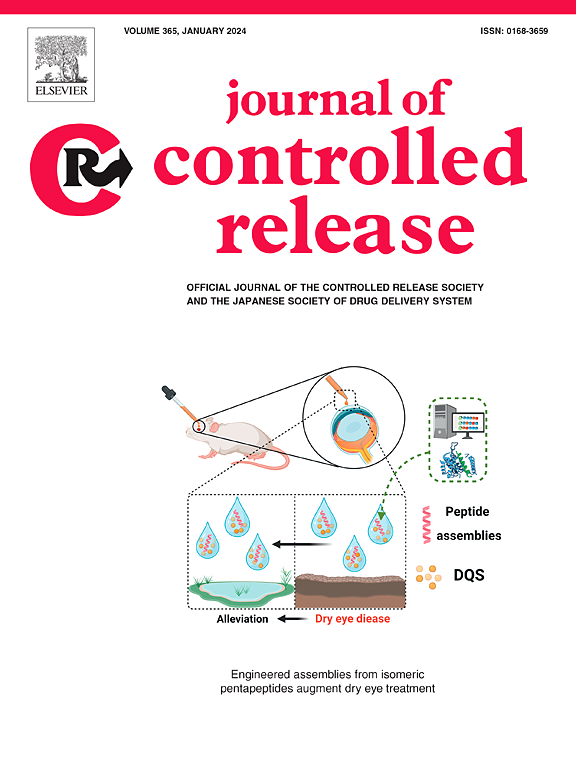FS536, a novel nitric oxide-releasing doxorubicin hybrid, reverts multidrug resistance in lung cancer cells
IF 10.5
1区 医学
Q1 CHEMISTRY, MULTIDISCIPLINARY
引用次数: 0
Abstract
The design of molecular hybrids that chemically conjugate nitric oxide (NO)-donors with anticancer drugs, offering site-specific and time-controlled properties, is a promising strategy in cancer therapy. In this work, we designed, synthesized, and characterized a novel doxorubicin (DOXO)-NO-donor hybrid, named FS536, by chemically conjugating DOXO with a diazeniumdiolate moiety. Upon incubation in human serum, FS536 simultaneously released both DOXO and NO through enzymatic hydrolysis. FS536 significantly inhibited the proliferation of the DOXO-resistant A549 lung cancer cell line (A549-DR), overcoming the resistance typically observed with DOXO alone. This enhanced efficacy is attributed to the release of NO, which induces the nitration of the MRP1 efflux pump, reducing its activity, increasing intracellular drug concentrations, and thus sensitizing resistant cells to DOXO. Our findings suggest that FS536 is a promising therapeutic strategy for combating multidrug-resistant cancers by leveraging the synergistic effects of DOXO and NO.

求助全文
约1分钟内获得全文
求助全文
来源期刊

Journal of Controlled Release
医学-化学综合
CiteScore
18.50
自引率
5.60%
发文量
700
审稿时长
39 days
期刊介绍:
The Journal of Controlled Release (JCR) proudly serves as the Official Journal of the Controlled Release Society and the Japan Society of Drug Delivery System.
Dedicated to the broad field of delivery science and technology, JCR publishes high-quality research articles covering drug delivery systems and all facets of formulations. This includes the physicochemical and biological properties of drugs, design and characterization of dosage forms, release mechanisms, in vivo testing, and formulation research and development across pharmaceutical, diagnostic, agricultural, environmental, cosmetic, and food industries.
Priority is given to manuscripts that contribute to the fundamental understanding of principles or demonstrate the advantages of novel technologies in terms of safety and efficacy over current clinical standards. JCR strives to be a leading platform for advancements in delivery science and technology.
 求助内容:
求助内容: 应助结果提醒方式:
应助结果提醒方式:


